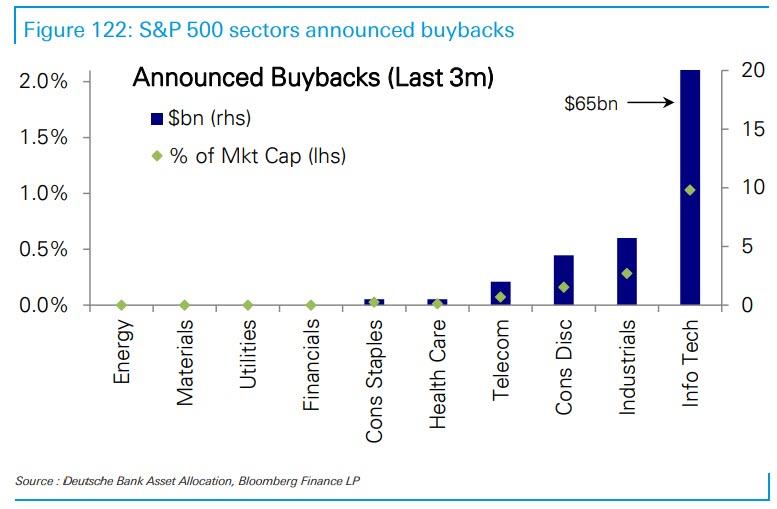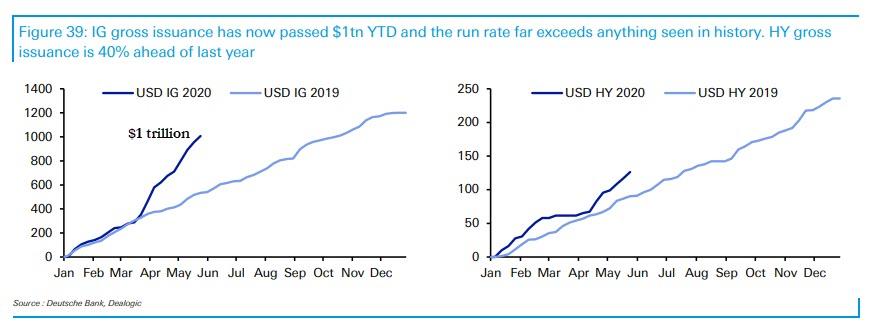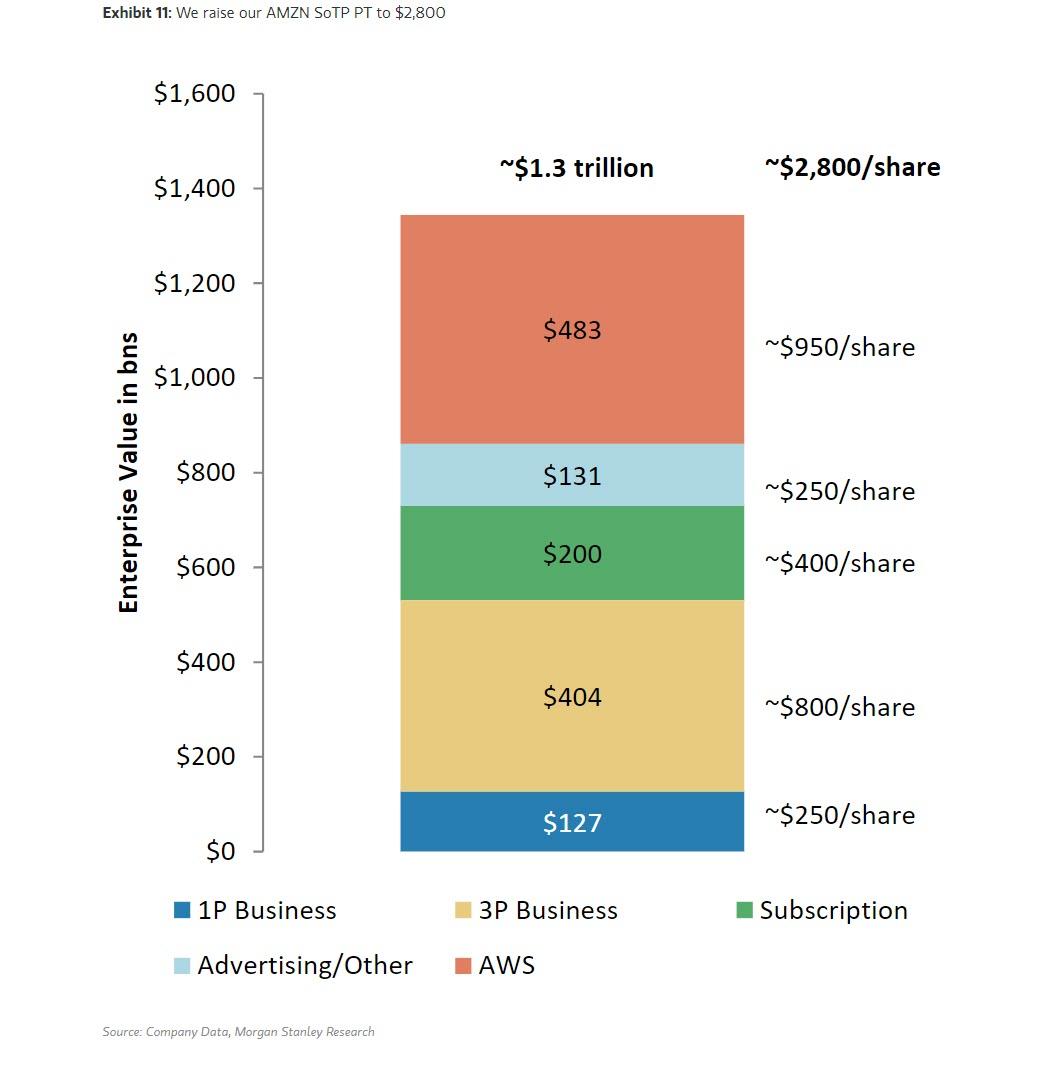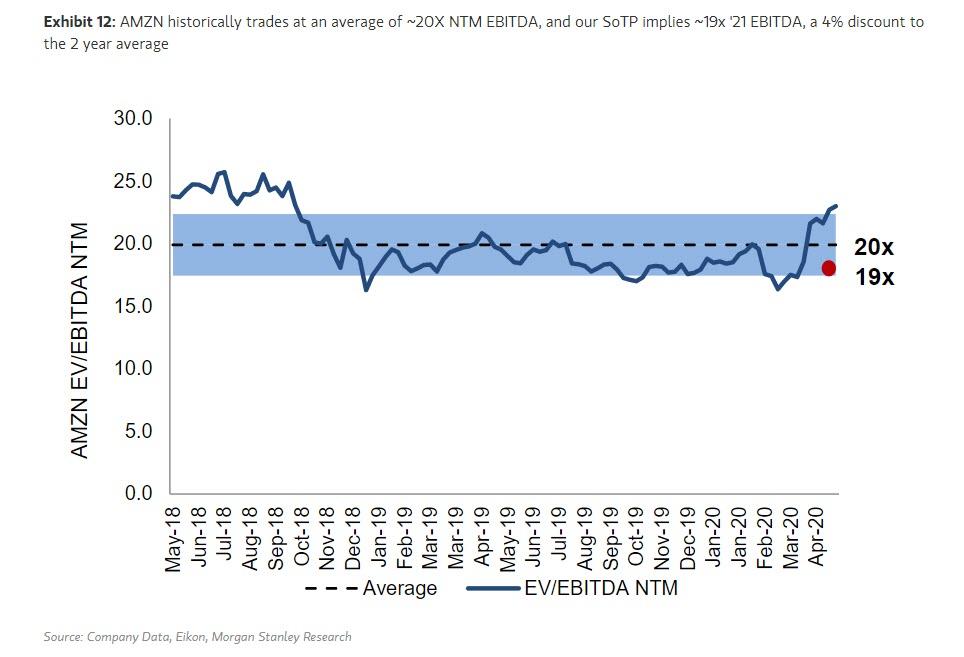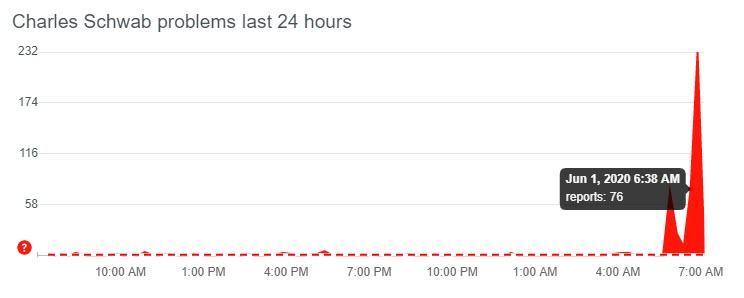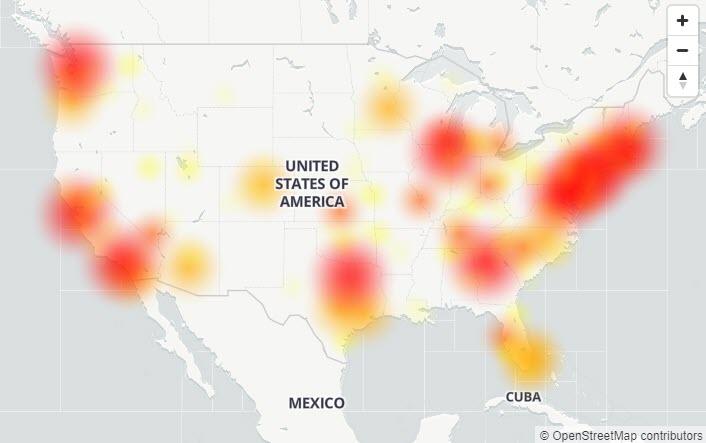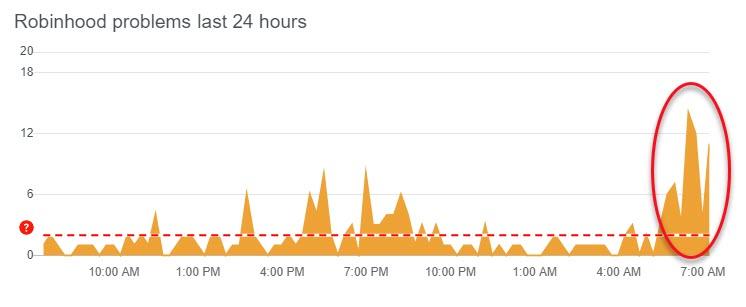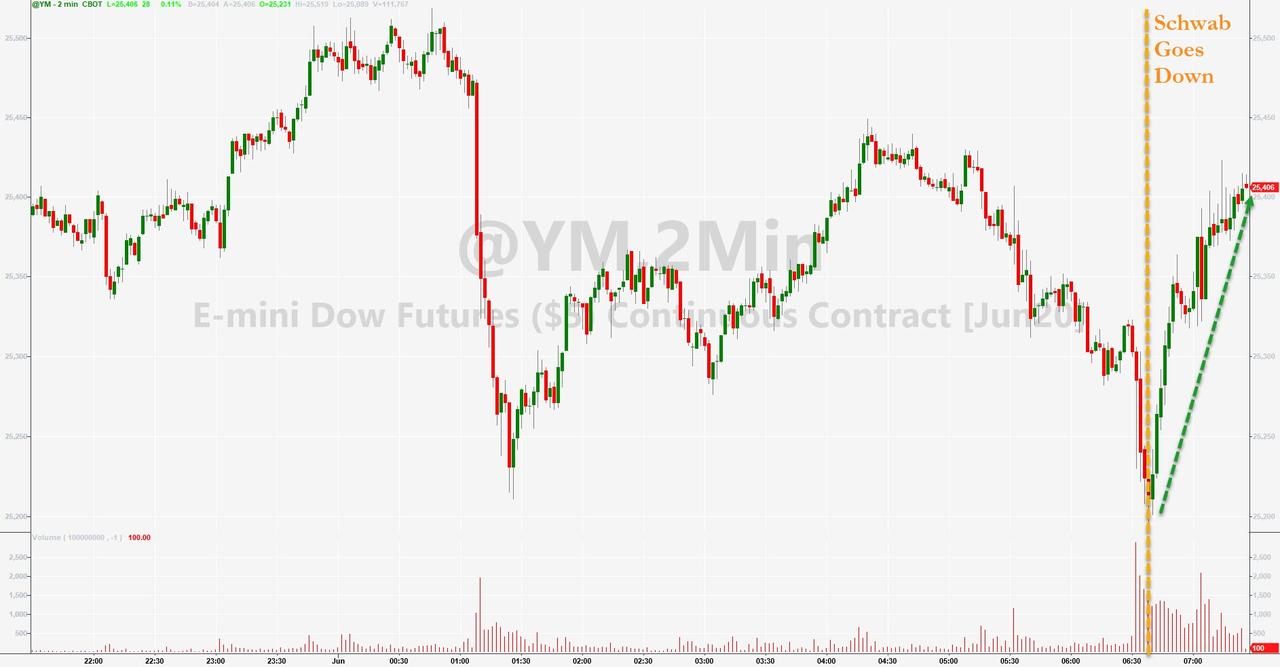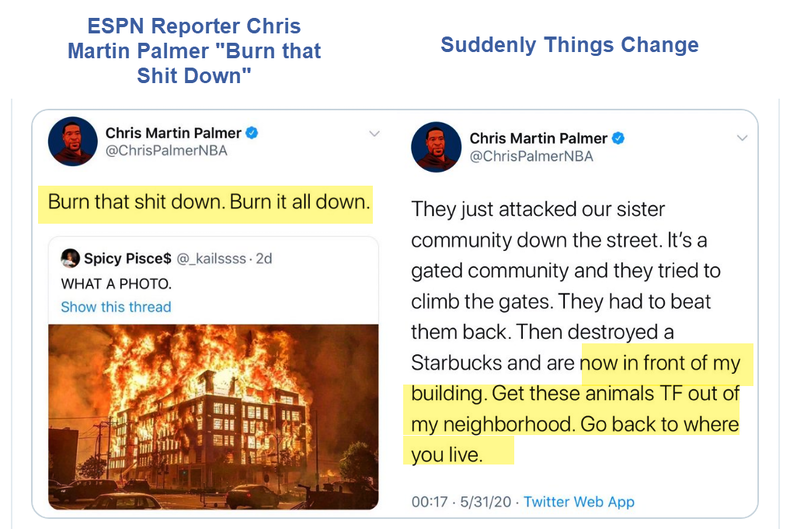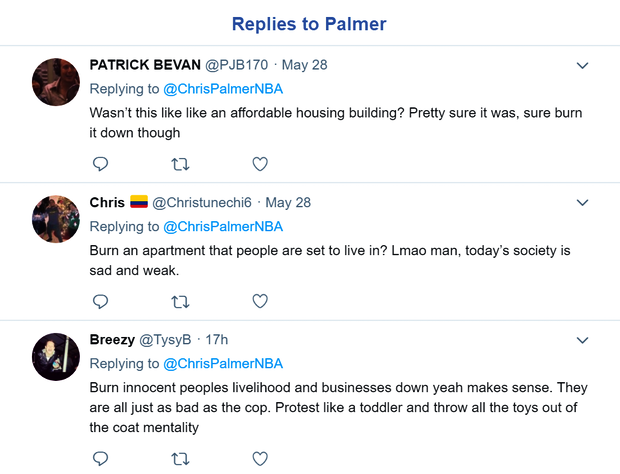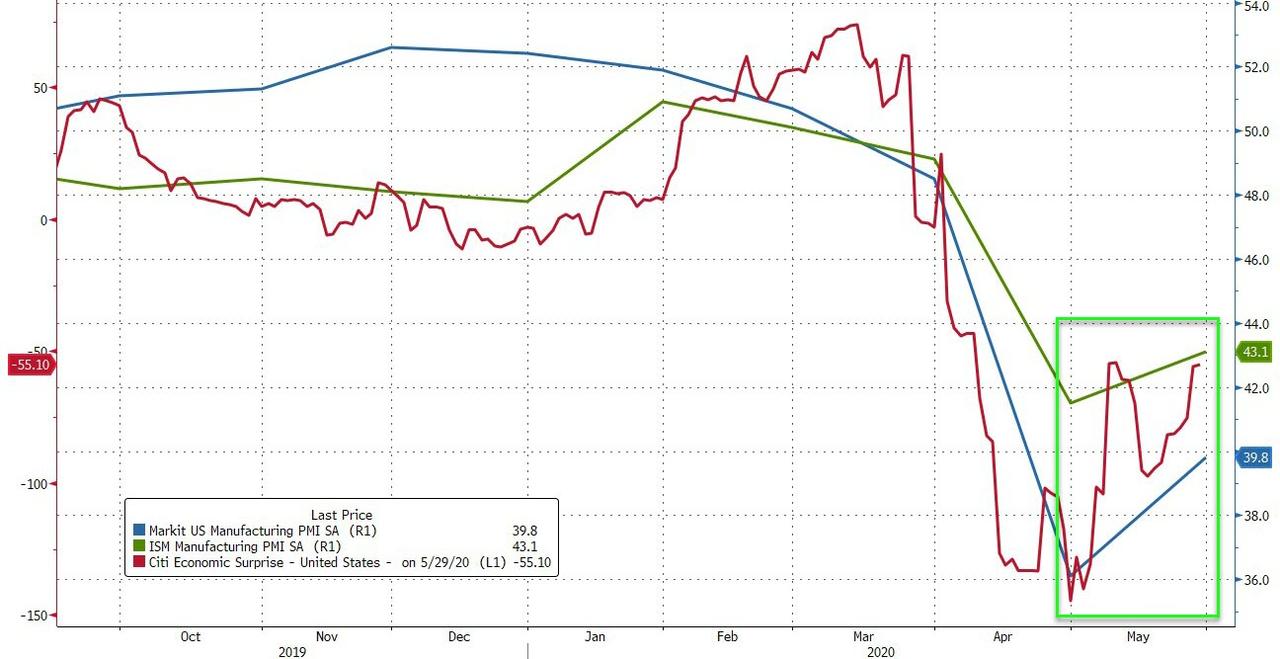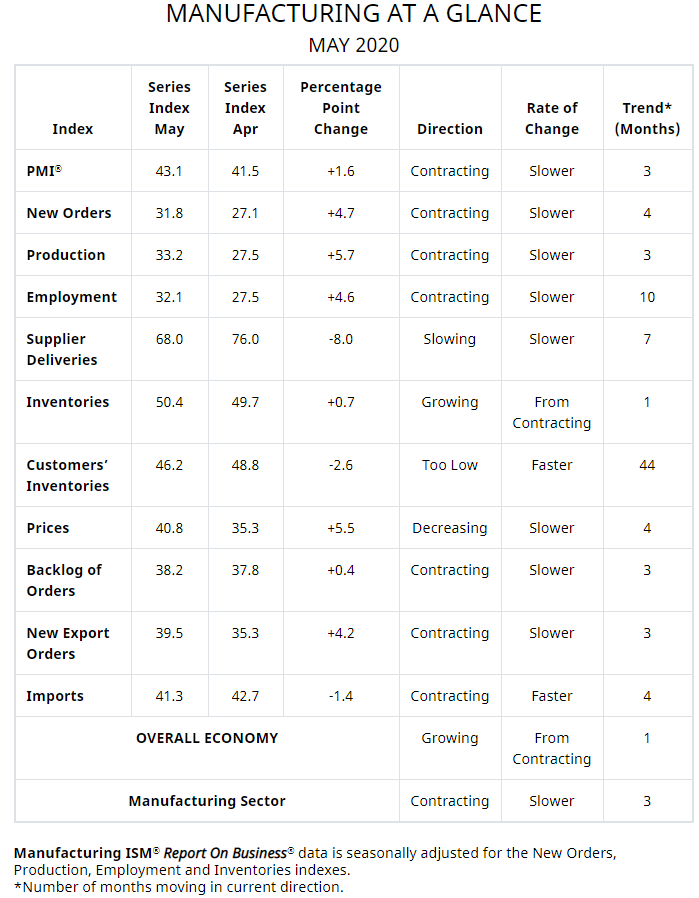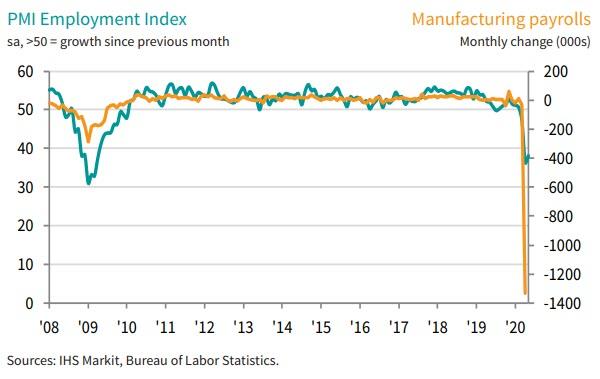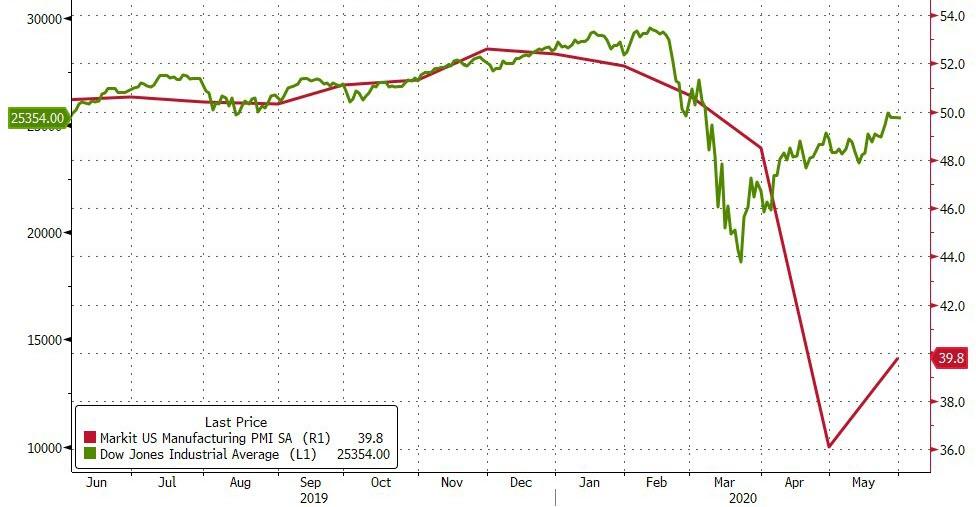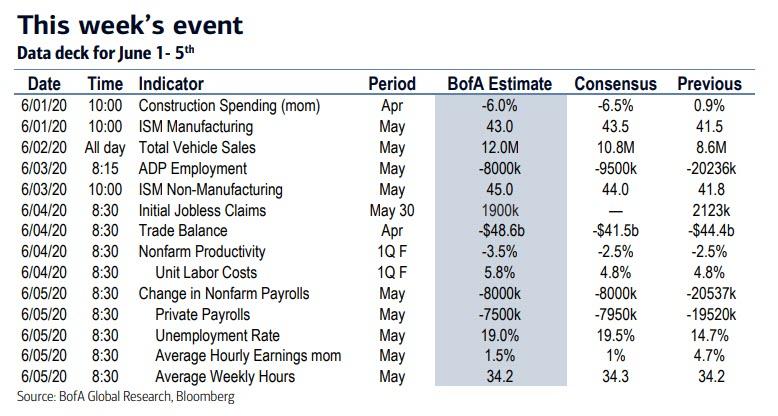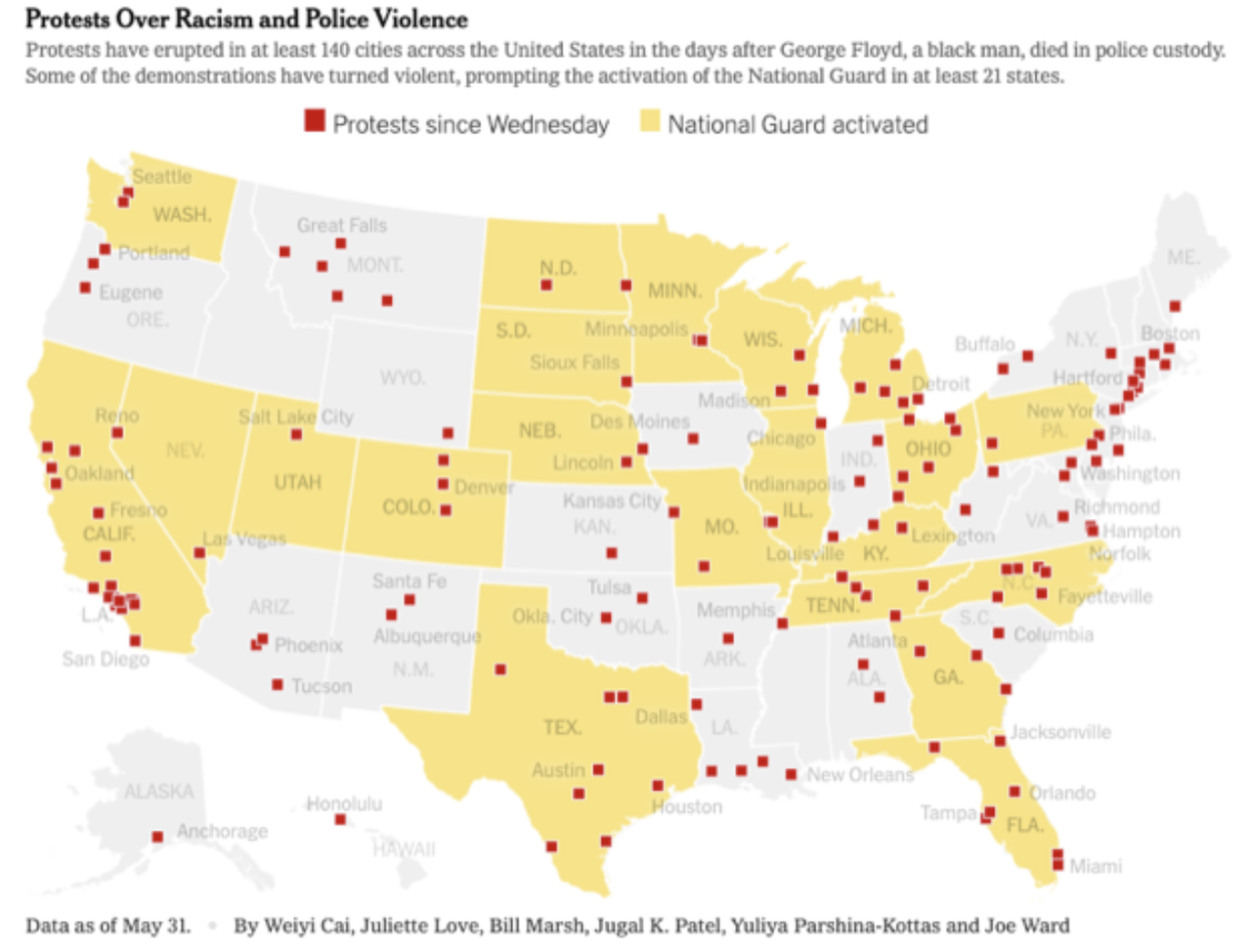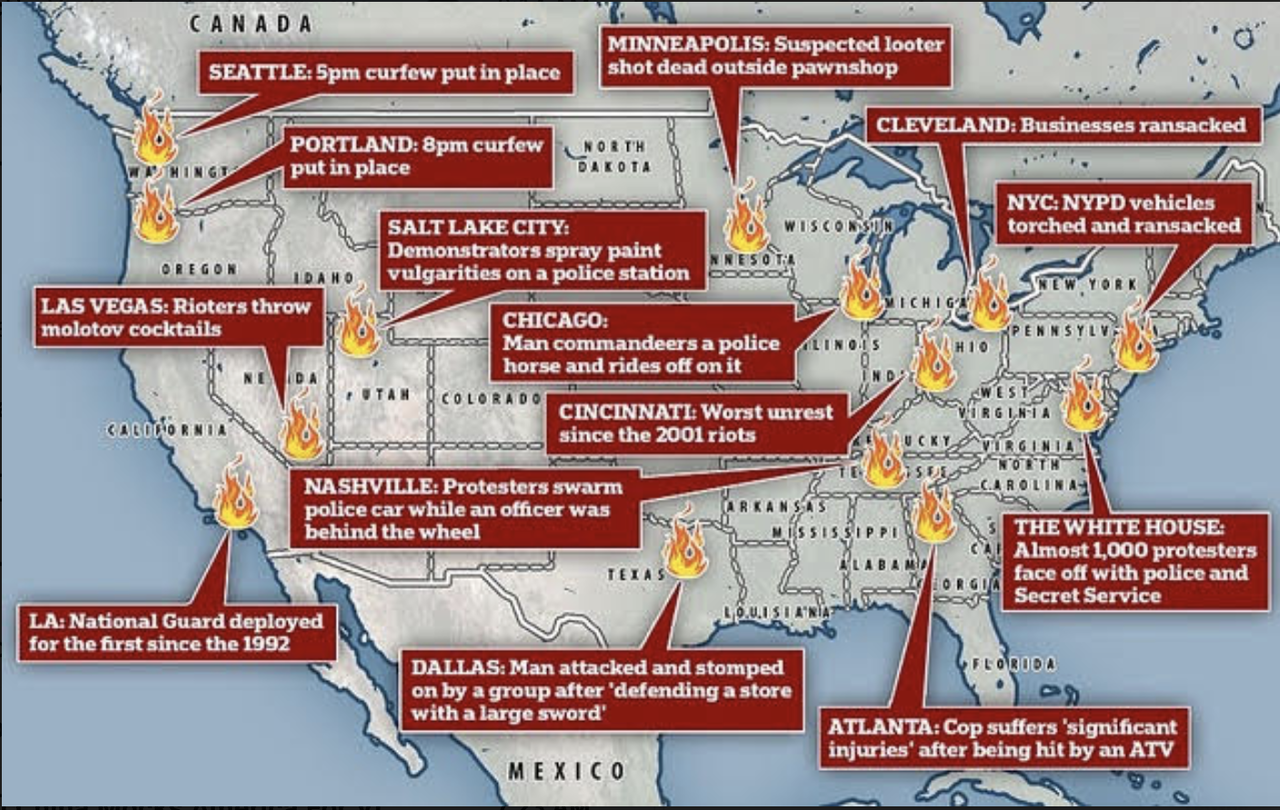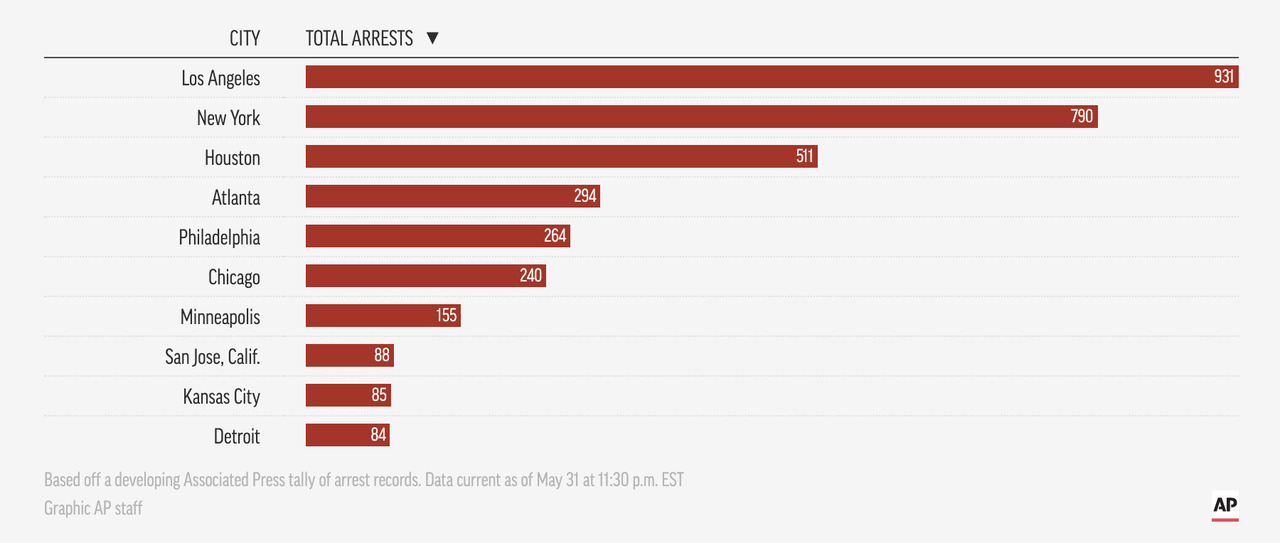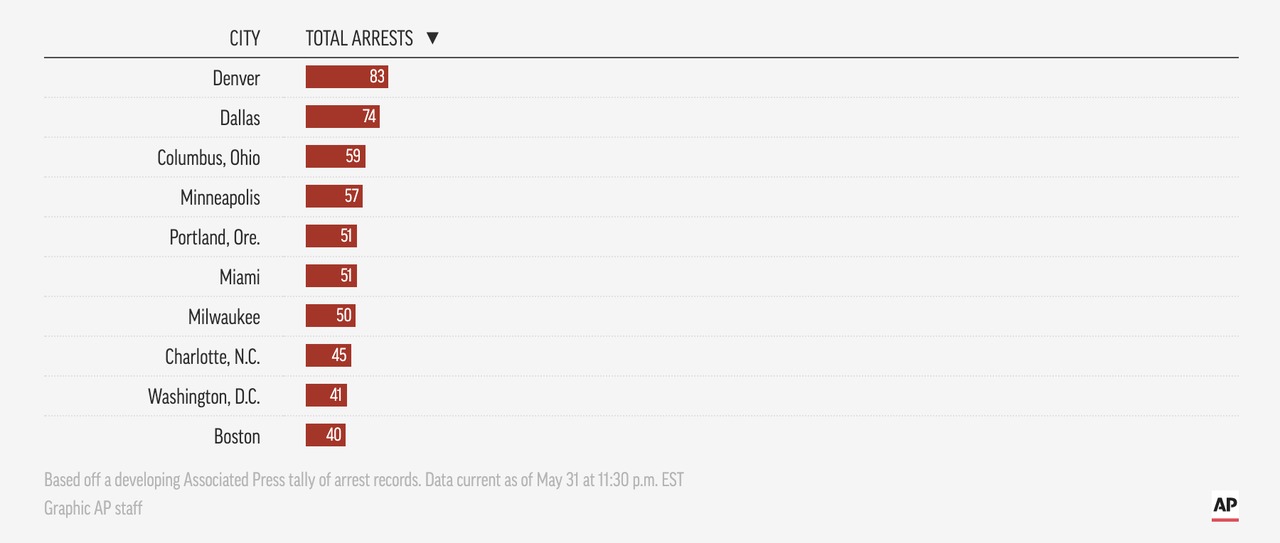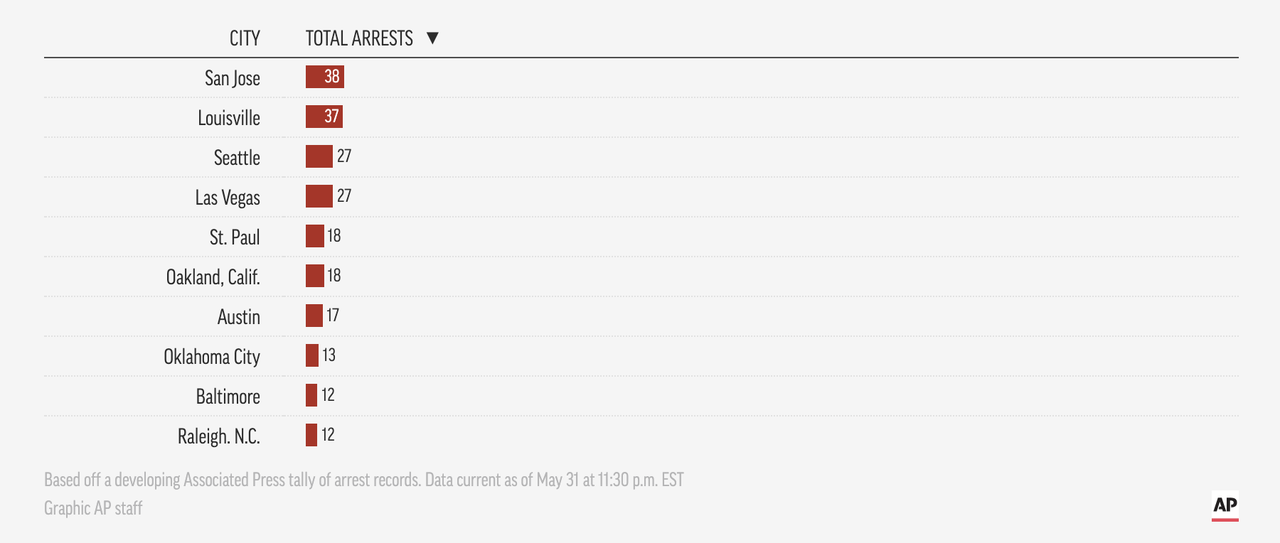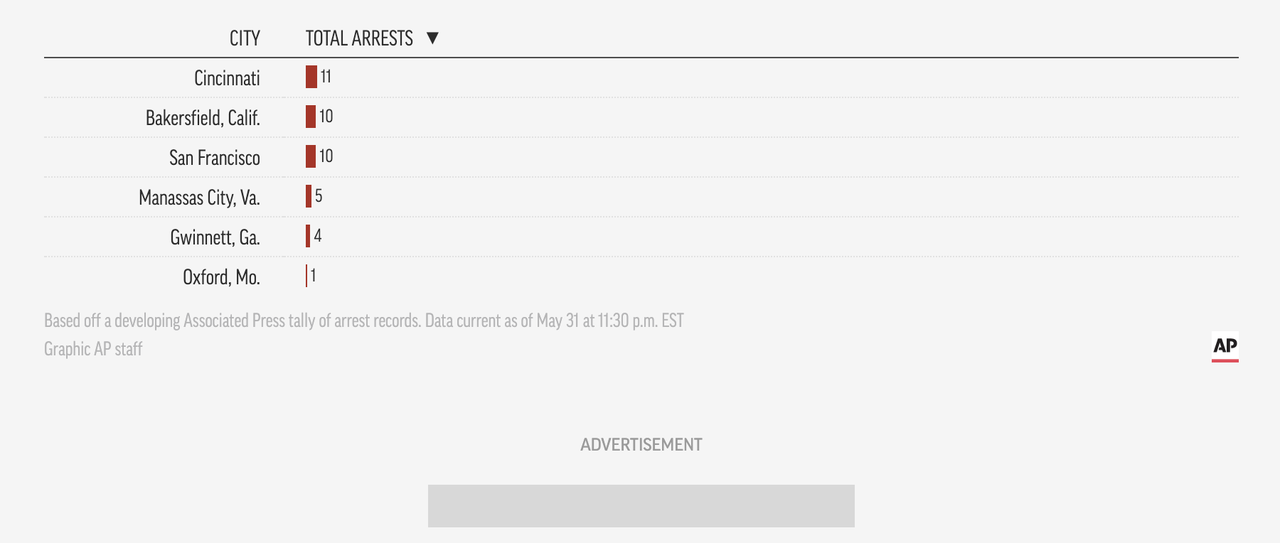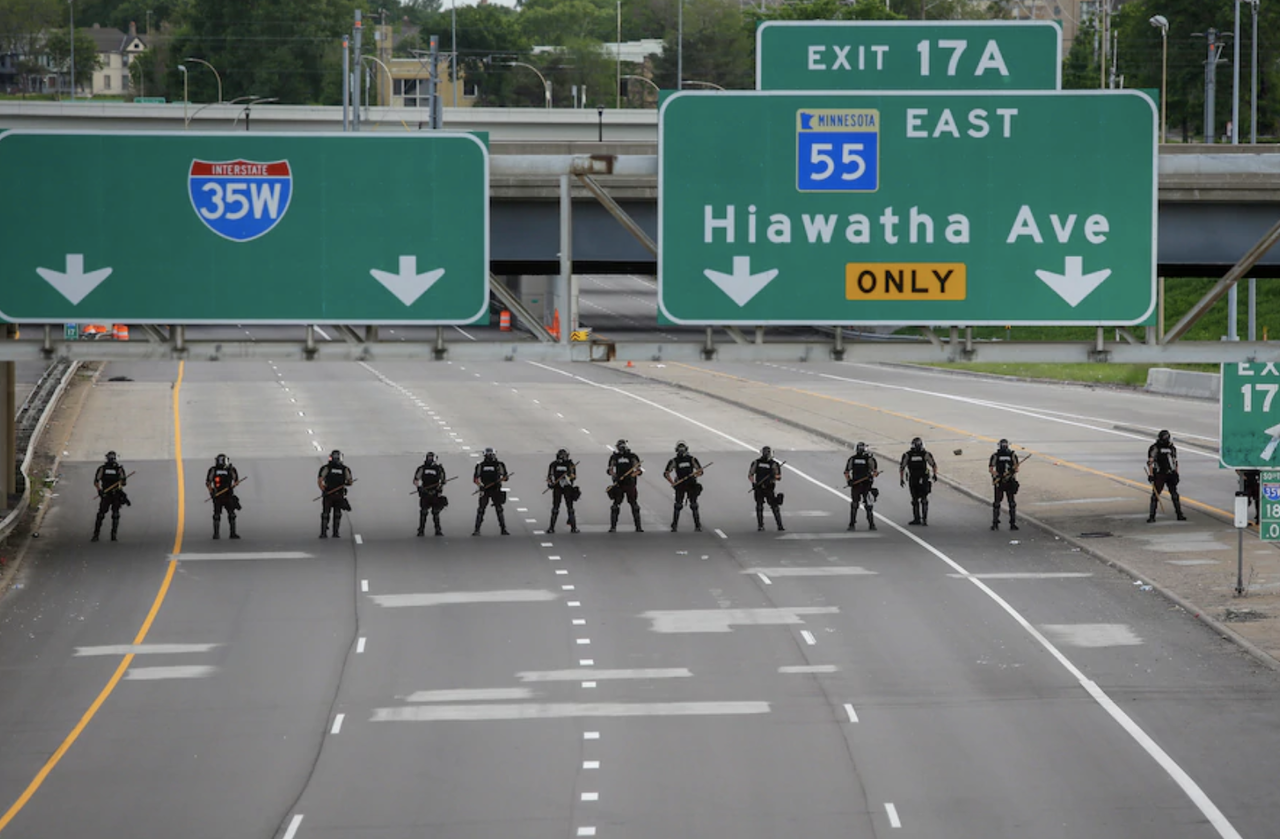Two New York Attorneys Arrested For Throwing Molotov Cocktail At Police
Tyler Durden
Mon, 06/01/2020 – 10:55
Yesterday we discussed the four arrests associated with two attacks on New York police officers using Molotov cocktails.
It is now being reported that one of the defendants arrested, Colinford Mattis, 32, is a furloughed Pryor Cashman associate. Mattis is a graduate of New York University and Princeton University. He was reportedly arrested with a second attorney in the attack. Mattis is accused of driving a van and passenger Urooj Rahman, 31, threw a Molotov cocktail. Rahman is reportedly a human rights lawyer but also recently lost her job.
An NYPD surveillance camera reportedly recorded Rahman throwing the device toward a NYPD vehicle in Fort Greene. A video showed her getting out of a tan 2015 Chrysler Town and Country minivan driven by Mattis and moving toward the patrol car. She was observed lighting a fuse on a Bud Light beer bottle and throwing it through a broken window. It exploded inside of the vehicle and the two fled.
The FBI statement included the following description:
“Officers pursued the minivan and arrested Rahman and Mattis, who was the vehicle’s driver. The NYPD recovered several precursor items used to build Molotov Cocktails, including a lighter, a bottle filled with toilet paper and a liquid suspected to be gasoline in the vicinity of the passenger seat and a gasoline tank in the rear of the vehicle.”
They are now charged with causing damage by fire and explosives to a police vehicle. If convicted, each of them faces up to 20 years behind bars. There is a mandatory minimum sentence of 5 years.
The specific provision charged appears to be 18 U.S.C. 844 (i):
“Whoever maliciously damages or destroys, or attempts to damage or destroy, by means of fire or an explosive, any building, vehicle, or other real or personal property used in interstate or foreign commerce or in any activity affecting interstate or foreign commerce shall be imprisoned for not less than 5 years and not more than 20 years, fined under this title, or both; and if personal injury results to any person, including any public safety officer performing duties as a direct or proximate result of conduct prohibited by this subsection, shall be imprisoned for not less than 7 years and not more than 40 years, fined under this title, or both; and if death results to any person, including any public safety officer performing duties as a direct or proximate result of conduct prohibited by this subsection, shall also be subject to imprisonment for any term of years, or to the death penalty or to life imprisonment.”
Unlike Samantha Shader’s case discussed yesterday, the vehicle was unoccupied. However, the device did explode (unlike Shader’s Molotov cocktail). Still, Shader is looking at more serious charges of attempted murder. I would expect that additional charges might be sought.
Pryor Cashman’s website described Colinford Mattis, 32, as a member of the firm’s Corporate Group. That reported entry was deleted after the media learned of the connection.
However, two references remain on site. One describes the corporate team that worked on a deal to sell a $319 million stake in AccorHotels. Another entry refers to Mattis as being on the team that launched brand management platform WHP Global on the acquisition of legacy women’s fashion brand Anne Klein.
According to Pryor Cashman managing partner Ronald Shechtman, Mattis has been on furlough since April due to the pandemic. He said that Mattis’ employment status will be reviewed. Given the serious federal criminal charges, a review may be in order.
Mattis graduated from New York University School of Law in 2016 and received his bachelor’s degree from Princeton University. He was also previously employed as an associate at Holland & Knight. Rahman was just admitted to the New York bar in June 2019 after graduating from Fordham University School of Law.
Here is the DOJ filing: Criminal Complaint
via ZeroHedge News https://ift.tt/2ZWlaFT Tyler Durden

